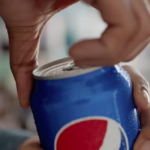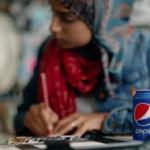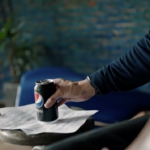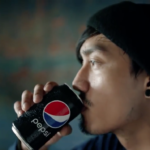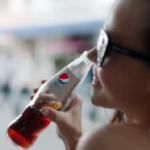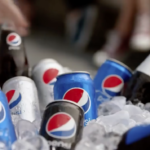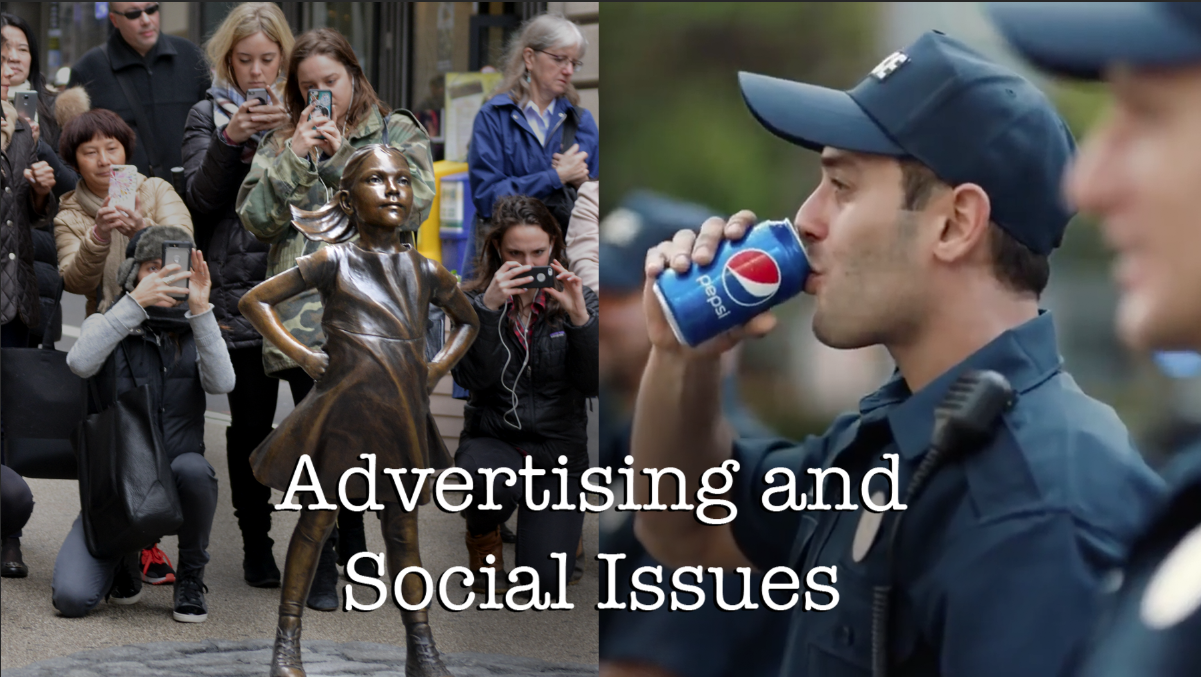
In 2017, two prominent examples have popped up where a corporation has decided to ‘participate’ or ‘jump on the bandwagon’ of a social movement or issue to promote their own products. In March, State Street Global Advisors commissioned the “Fearless Girl” to stand opposite the famous “Charging Bull” on Wall Street in New York. And in April, Pepsi created a new advert featuring Kendall Jenner participating in racially diverse protests, paying tribute to Black Lives Matter and Occupy Wall Street.
However one worked and people generally embraced it, while the other infamously did not as Pepsi pulled the ad within 24h.
I guess you could say that they’re both cynical attempts to cash in on a social issues. Though I personally think it’s unfair to go after a company which wants to promote a positive social message within their advertising. In a world where divided political and social messages are ridiculously widespread, I think it’s a good thing when a company, even when its part of its marketing, wants to promote equal employment for women and racial diversity. I generally think those are good things, even if it’s part of an overall marketing campaign.
But as it turns out, people embraced the “Fearless Girl” and despised the Pepsi ad. Why? What exactly did Pepsi do wrong?
Well I think there are two important factors at play here:
- What social issue/movement are you participating in?
- What exactly are you showing or selling?
Firstly, I think choosing your social movement is hugely important. It should be a positive social movement, not a protest against a negative event or situation. What “Fearless Girl” did so well is that it participated in International Women’s Day with a message of gender diversity in the work place. This is a positive message on a day of celebration. The overall spirit is a positive one and doesn’t bear immediate ill will. Sure there are many issues surrounding women in the work place and many other issues were being protested that very day, but generally speaking the message on International Women’s Day attempts to be a celebratory one, rather than a deeply critical one.
Conversely Black Lives Matter was a protest movement grown out of the death of a teenager, and lots of other subsequent deaths due to police brutality, highlighting systemic racism within the system. Occupy Wall Street was a protest against Wall Street’s behaviour causing the financial crisis and was an open criticism of the 1%. Neither of these were celebrations. They were deeply emotional criticisms.
For the viewer, the emotional charges surrounding each social movement are very different by their very nature. Black Lives Matter and Occupy Wall Street are far more likely to put people on the defensive, no matter which side of the argument you are on. Now I’m not saying you can’t deal with those issues as a company, but you need to be very aware of your messaging and therefore have to tread much more cautiously.
Secondly, and this is really key: What are you showing to me and what are you selling to me? If you are blatantly selling something to me while you’re asking me to empathise with a social issue, the reaction will immediately be negative followed by a cynical perception of both the company message and product.
That is exactly what “Fearless Girl” did right, and what Pepsi did wrong.
“Fearless Girl” can be appreciated as a social message, without ever knowing why the statue stands there. You’d have to read the plaque to know exactly what it was selling, and even there, the message was about promoting gender equality. Most people reading it won’t necessarily get that this is an advert. The social message was more important and more present than the product. Promoting gender equality was at the forefront. With that, the immediate reaction wasn’t a cynical one, but an embracive one. The combination of picking a social issue which is a celebration along with the fact that it wasn’t a blatant advert made it work. Both the media and people in general reacted positively. Maybe not everyone, everywhere, but the message felt genuine and the actual product was treated as an afterthought.
Pepsi did exactly the opposite. They not only chose a movement which immediately had people on the defensive, they plastered their logo all over it. And to top it off, they chose Kendall Jenner as figure head for this advert who is not an individual known for promoting social issues. Many would say quite the opposite about her. The result effectively felt like this: “Oh look! A pretty person is stopping police brutality at a protest and is causing social change with a Pepsi.” It immediately feels disingenuous. To top it off, their slogan was “Live for now” which is more reminiscent of an advert promoting extreme sports or adventurous travels, not participating in or promoting racial awareness.
The reaction, rightfully, was one of disgust. It looked like a large corporation is hijacking a hard fought social movement for their own commercial gain. Not just that, people felt like Pepsi was trying to slap its logo all over it. And to make it worse, it made it look like that if those protests only had a Pepsi, social issues could be solved. It was tactless and tasteless and the overwhelming negative reaction made Pepsi pull the ad within 24h.
However, I do think that there was an advert to be made here that possibly could’ve worked, or at the very least wouldn’t have drawn the same severity of response by the public. And it could’ve quite easily been done in the edit, plus a simple tweak to the final slogan.
Firstly, blatant product placement shots need to be taken out. Shots like these:
Also, the implication that police brutality and social change can be thwarted if only the police had a Pepsi needs to go as well.
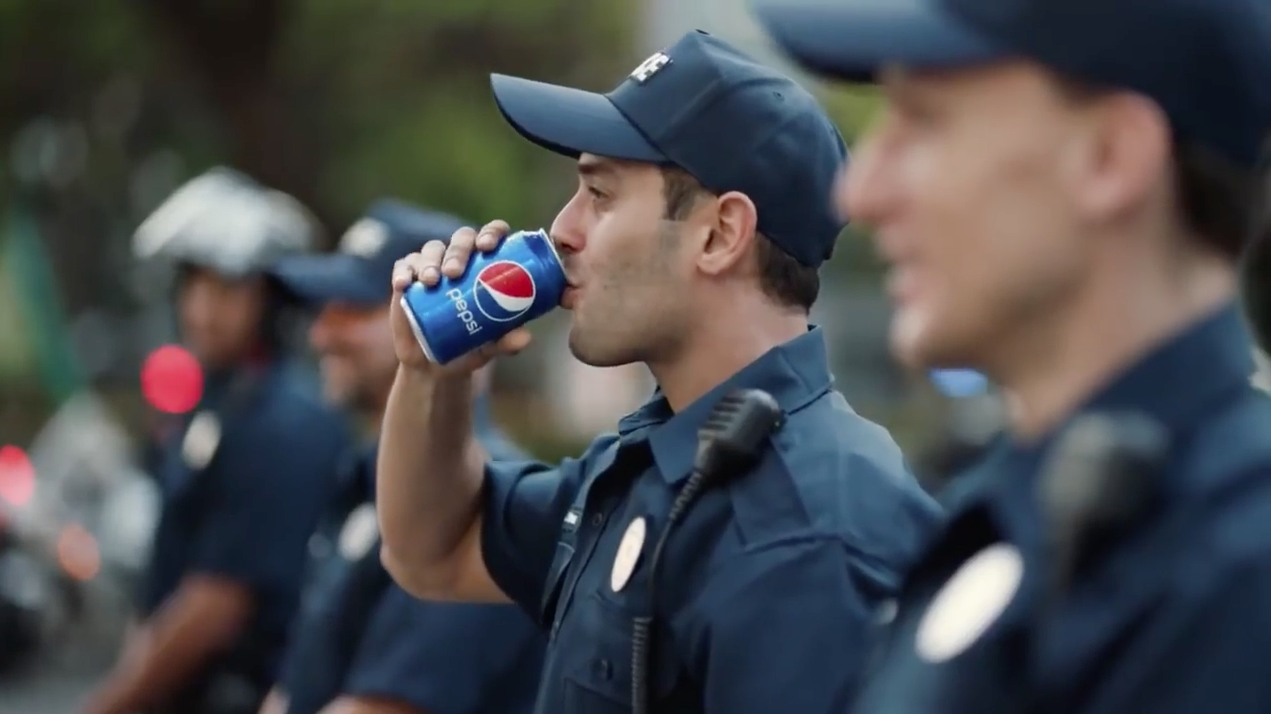
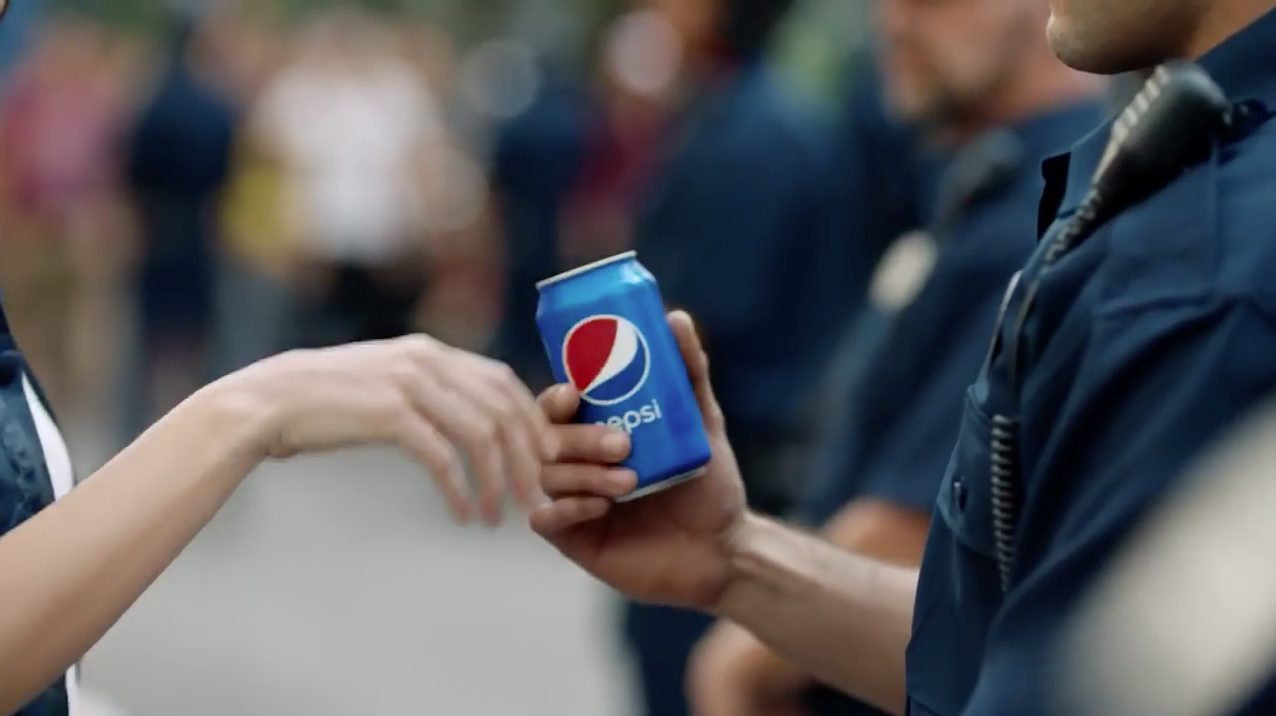
Finally, the slogan “Live for Now” has absolutely no social context at all. That is another thing “Fearless girl” got right. The fact that we know the statue as “Fearless Girl” as opposed to “SHE Index Girl” makes a big difference. I think if they had changed the slogan from “Live for Now” to “Live Together,” highlighting racial diversity a bit better, like it’s portrayed throughout the commercial, then that would have been seen as a message that Pepsi was trying to embrace and promote.
Now I do still think that casting Kendall Jenner is a bad idea, but by removing the “Kendall can solve social issues with a Pepsi” aspect, it at least looks like that before she was simply thinking about herself and her photoshoot, but now she’s joining a social movement. However, unless she also did this in real life, it would still feel empty and cynical to the viewer. If a young female is a must, then she’d need to be reasonably active so it doesn’t feel disingenuous to the viewer. But for now, at least when it’s edited this way, it feels significantly less questionable.
And this is the result of that:
It was only a quick edit, but I think that this represents their attempt much more and it wouldn’t have drawn the same level of criticism. Though to be honest, to properly fix this, it should’ve been done right during the development of the advert.
I do think there’s a right way for a company to embrace a social message and participate in a social movement. Pepsi has definitely shown us how now NOT to do it.

